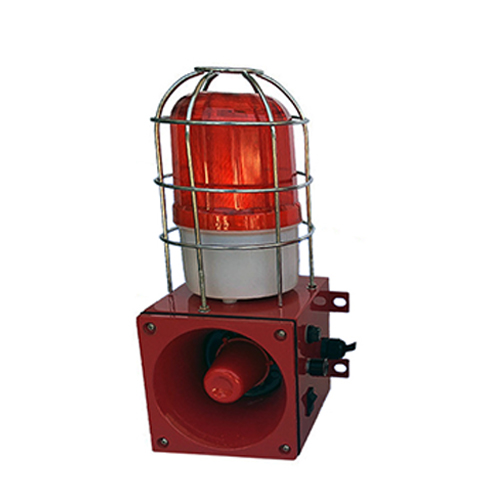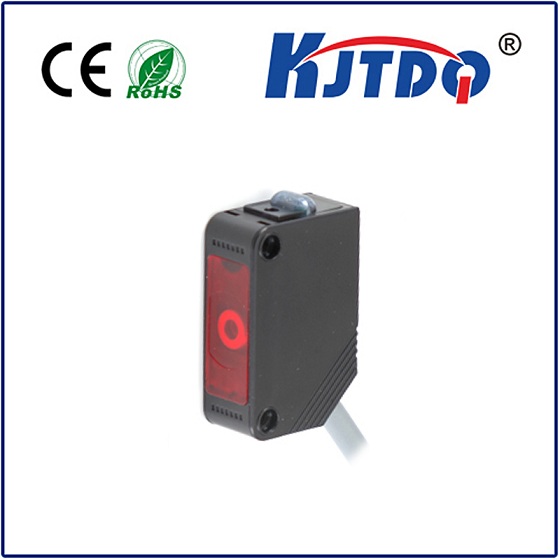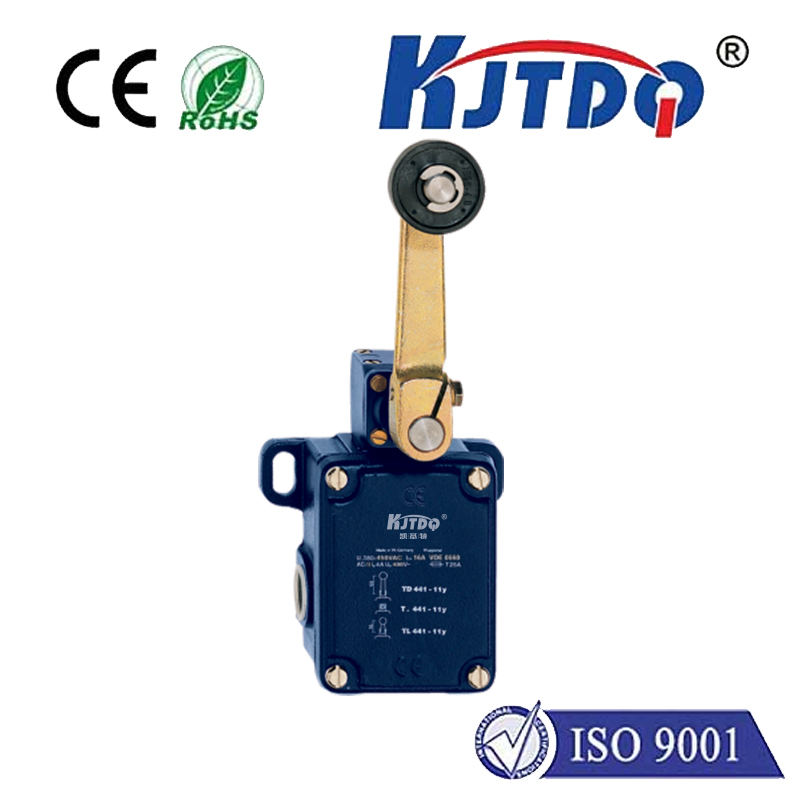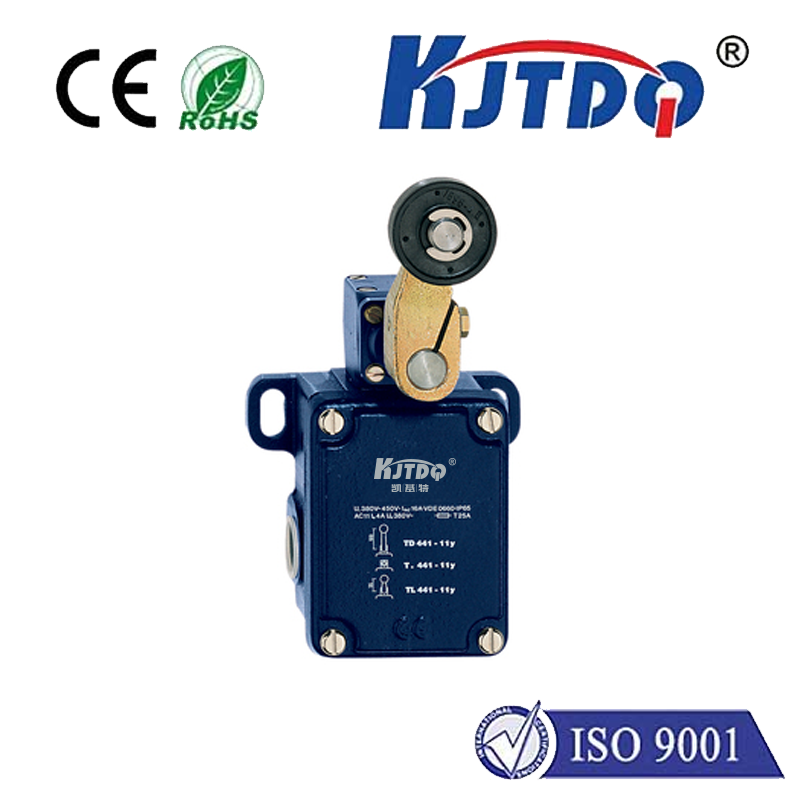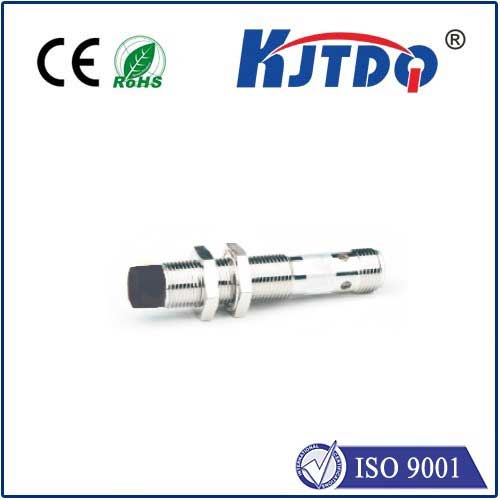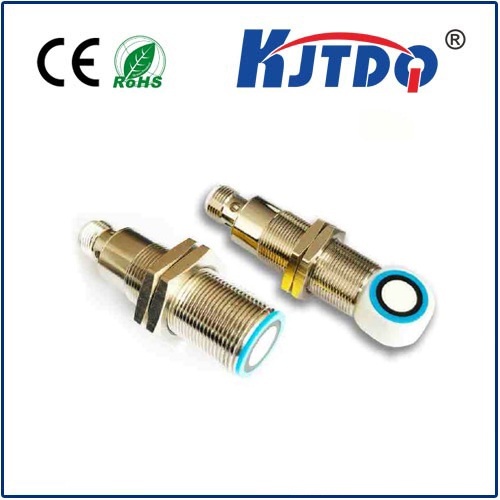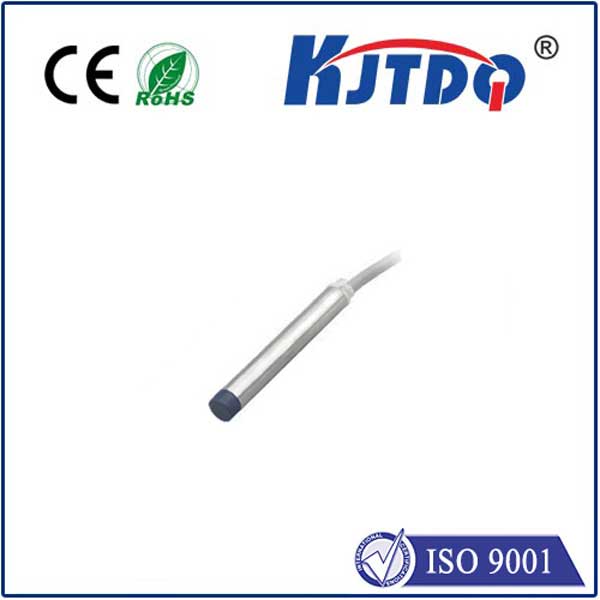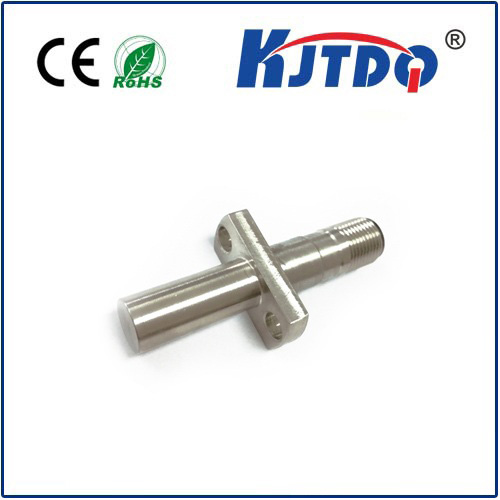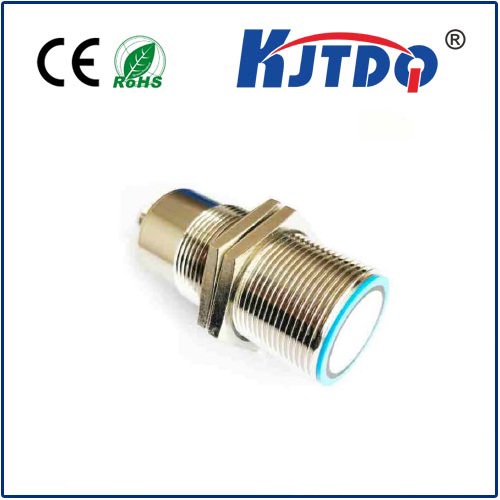

check

check

check

check

check

check

check

check

check

check
Introduction:
The world of technology is constantly evolving, and one area that has seen significant developments in recent times is sensors. Sensors are essential components in a wide range of applications, including industrial automation, consumer electronics, and transportation systems. Among the different types of sensors available, analog inductive sensors stand out due to their unique characteristics and versatility. This article explores the advantages and applications of analog inductive sensors, highlighting their key features and practical uses.
Section 1: What Are Analog Inductive Sensors?
Definition and Working Principles
Components of an Analog Inductive Sensor
How Analog Inductive Sensors Work
Analog Inductive Sensor Types and Characteristics
Comparison with Digital Inductive Sensors
Section 2: Advantages of Analog Inductive Sensors
Sensitivity to Changes
Low Cost
Simple Design
Longevity
High Accuracy and Repeatability
Section 3: Applications of Analog Inductive Sensors
Industrial Automation
Consumer Electronics
Transportation Systems
Medical Devices
Aerospace and Defense Industry
Section 4: Case Studies of Analog InductiveSensors in Action
Industrial Process Control
Electronic Hobby Projects
Home Automation Systems
Smart Transportation Solutions
Medical Device Applications
Aerospace and Defense System Enhancements
Conclusion:
Analog inductive sensors have become indispensable components in various industries and applications due to their unique advantages and capabilities. As technology continues to advance, it is expected that these sensors will continue to evolve, becoming even more reliable, accurate, and cost-effective. By understanding the working principles and applications of analog inductive sensors, we can appreciate their vital role in shaping our modern technological landscape.
